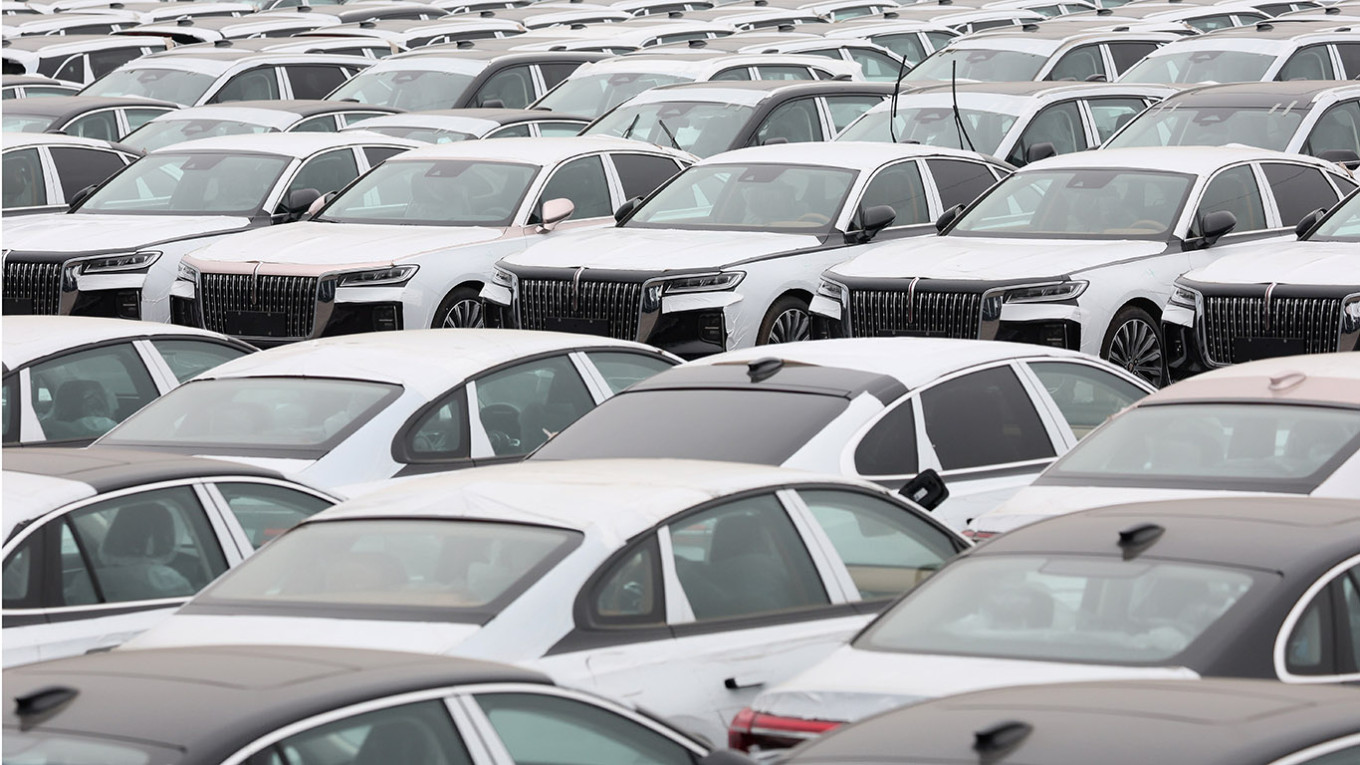Expectations for a recovery in Russia’s automotive sector have diminished, as car sales saw a significant decline in May, following a rise in the preceding month.
The Industry and Trade Ministry reported that sales of passenger cars and light commercial vehicles decreased by 27.5% compared to the previous year, totaling 98,300 units in May based on vehicle registration data.
Sales of passenger cars alone witnessed a 28% decrease from May 2022, amounting to just 90,700 vehicles. This marks a persistent annual decline, adding to April’s 26% fall — a trend that has been consistent through the first five months of the year.
The ministry attributed the poor performance in May to seasonal influences. However, several car dealers contested this reasoning, pointing out that May typically experiences an increase in demand, often surpassing that of April.
“A dealership manager, who represents several Chinese brands and spoke anonymously for safety reasons, remarked, ‘The situation is considerably worse than in April and compared to last year. We didn’t anticipate it would be this dire.’”
Surveys from the industry echo this pessimism. “More than half of the dealers have indicated that their business is performing worse than a year ago, whereas about 15% report a slight improvement,” an automotive analyst shared with MT Russian.
Dealers attribute the waning demand to macroeconomic instability. Prospective buyers are either conserving their savings or converting their assets into U.S. dollars, banking on a predicted depreciation of the ruble.
“Individuals are opting to place their funds in savings or are eager to purchase dollars, hoping to benefit from currency fluctuations,” one dealer noted. He further explained that discounts remain the only dependable strategy to close sales.
Most current sales activity is being driven by discounted inventory, primarily older imported vehicles. Sergei Tselikov, the head of the AvtoStat analytics agency, confirmed this trend has not diminished.
He pointed out that in May, the majority of sales from certain Chinese manufacturers came from stock from 2023, not from 2024 models. For instance, 63% of FAW’s sales and 86% of Livan’s vehicles (a joint venture between Geely and Lifan) were manufactured over a year ago.
“It’s unfortunate that cars aren’t like fine wine—their age doesn’t enhance their value,” Tselikov remarked.
According to AvtoStat, over 70% of all new passenger vehicles sold in Russia since the start of the year were produced in either 2023 or 2024.
Sales of domestically manufactured vehicles, including passenger cars, trucks, and buses, have slightly outperformed imports, as stated by the industry ministry. In May, there were 57,600 Russian-made passenger cars sold, reflecting a 15% decline year-over-year.
However, even this modest reduction is taking its toll. The Central Bank reported that capacity utilization in the automotive sector, adjusted for seasonal trends, has dropped to its lowest level since early 2023.

